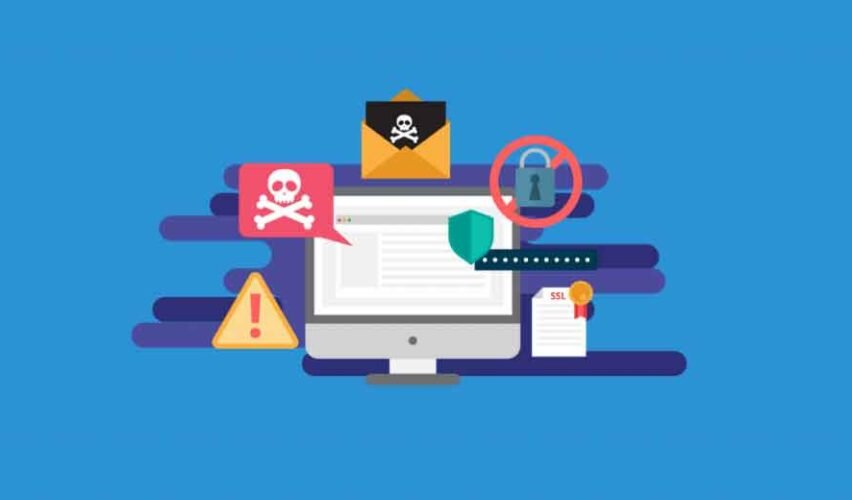Every time someone signs up for an app, orders something online, or fills out a form at the doctor’s office, they’re handing over personal information. That might be a name, email, address, credit card number, or even medical history. Most people don’t really stop to think about where that info goes or how it’s being protected—but companies are supposed to take that seriously.
If that data ends up in the wrong hands, it can lead to some serious problems. People’s bank accounts can be hacked. Their private health info can get leaked. And when that happens, it’s usually because a company didn’t protect things the way it should have.
So how do businesses actually keep your data safe? It’s not just about having strong passwords or installing antivirus software. There’s a whole system of rules, tools, and checks they need to follow—and one of the big ones is called HITRUST.
Following a Clear System
A lot of companies use something called the HITRUST CSF (Common Security Framework) to help them manage and protect data. It’s kind of like a guide that breaks everything down into smaller parts so nothing gets missed. These parts are called hitrust domains, and each one focuses on a different area, like who has access to the data, how it’s stored, and how it’s backed up.
By following these domains, businesses can make sure they’re not just guessing when it comes to security. They’re actually going step-by-step through what needs to be done to keep things safe and follow the law.
For example, one domain might focus on training employees not to fall for phishing emails. Another might look at how to protect systems if there’s a power outage or disaster. When all the domains are followed properly, it means the company has a solid plan in place—not just for today, but for the future too.
Why It’s Not Just About Technology
A lot of people think data protection is all about having the right software. That’s a part of it, but there’s more to the picture. Businesses also have to think about who’s allowed to see what, how often data is checked, and what happens if something goes wrong.
Even small things—like someone forgetting to log out of a shared computer—can create risks. That’s why companies don’t only rely on tools. They also focus on training, setting up rules, and making sure everyone in the company knows what to do.
For example, many businesses run fake phishing tests where they send a fake scam email to employees. If someone clicks on the link, they get a warning and a short lesson about why that was a mistake. It’s a simple way to teach people without actually putting real data at risk.
What Happens If They Mess Up?
If a company doesn’t follow security rules, the results can be bad. Not just for the company, but for the people who trusted it.
Let’s say a hospital doesn’t secure its patient records correctly. If those records are stolen, it’s not just a privacy issue—it could affect people’s jobs, relationships, or even medical treatment. The hospital could get fined, lose trust, or even be sued.
And this doesn’t just happen to huge companies. Small businesses can also get targeted, especially if hackers think they’re easier to break into. That’s why even tiny businesses need strong systems and clear rules.
Why Rules and Frameworks Matter
There are a bunch of different laws that businesses have to follow depending on what kind of data they collect. Healthcare companies in the U.S. have to follow HIPAA. Companies with customers in Europe follow GDPR. And there are even rules for schools, banks, and online stores.
The thing is, laws don’t always explain exactly how to stay compliant. That’s where frameworks like HITRUST come in. They take the rules and turn them into real steps companies can follow.
This makes it way easier for businesses to stay on track. Instead of guessing what to do, they can check if their systems match the HITRUST domains and fix whatever’s missing. It also helps them prove to partners or customers that they’re taking data protection seriously.
It’s All About Trust
At the end of the day, protecting data is about more than just avoiding fines or bad headlines. It’s about trust.
When someone gives their information to a company, they expect it to be handled with care. Getting certified or following a trusted framework shows that the business respects that trust and is doing everything it can to protect it.
A lot of companies even use these systems before they’re required to. Not because they have to, but because they know it’s the right thing to do—and because being known for keeping data safe can help them stand out from others.
What You Can Look Out For
Most people won’t ask a business about HITRUST domains or security frameworks, but it doesn’t hurt to pay attention. Things like privacy policies, secure checkout pages, and clear contact info are all good signs.
Apps or websites that take privacy seriously usually explain how they protect your data. They might mention certifications, third-party audits, or compliance with things like HIPAA or HITRUST. If you don’t see anything about data protection at all, that’s usually a red flag.
Final Thoughts
Keeping data safe is a huge responsibility, and companies need to treat it that way. Following trusted systems like HITRUST—and paying attention to all the domains inside it—helps businesses stay organized and careful.
It’s not just about protecting numbers on a screen. It’s about protecting real people. Every email, every password, every medical record belongs to someone, and once a company has it, it’s up to them to keep it safe.
Whether it’s a massive hospital or a small online shop, the goal is the same: build trust and protect what matters. The more businesses commit to doing that the right way, the safer everyone will be.



